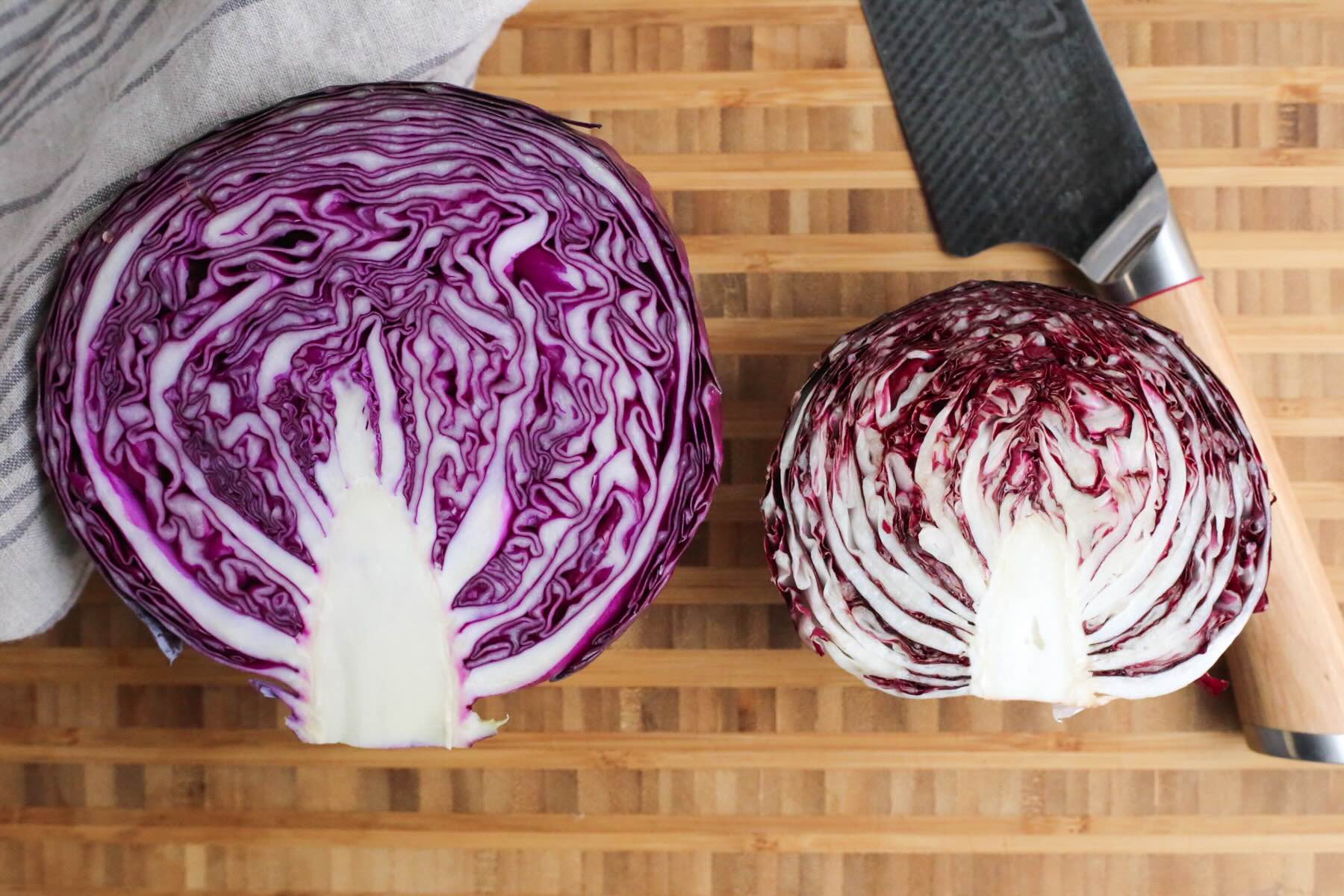

Articles
How To Store Purple Cabbage
Modified: December 7, 2023
Learn the best methods for storing purple cabbage in this informative articles. Keep your cabbage fresh and flavorful for longer with these useful tips.
(Many of the links in this article redirect to a specific reviewed product. Your purchase of these products through affiliate links helps to generate commission for Storables.com, at no extra cost. Learn more)
Introduction
Purple cabbage, also known as red cabbage, is a versatile and nutritious vegetable that adds a pop of color to any dish. With its vibrant purple hue and crispy texture, purple cabbage is not only visually appealing but also packed with vitamins and antioxidants. However, to fully enjoy its flavor and nutritional benefits, proper storage is essential.
Storing purple cabbage correctly can help prolong its freshness and prevent spoilage, ensuring that you can enjoy this delicious vegetable for weeks or even months after harvest. In this article, we will explore the various methods of storing purple cabbage, including refrigeration, root cellar storage, freezing, and using vacuum-sealed bags. By following these tips, you can extend the shelf life of your purple cabbage and keep it tasting fresh and crisp.
So, whether you have a bountiful harvest from your garden or have purchased purple cabbage from the local market, let’s dive into the different techniques to store purple cabbage and learn how to keep it in optimal condition for longer periods.
Key Takeaways:
- Store purple cabbage in the refrigerator, root cellar, freezer, or vacuum-sealed bags to preserve its freshness and nutritional value, reducing waste and enjoying its vibrant color and crunchiness year-round.
- Reuse stored purple cabbage in salads, stir-fries, coleslaw, soups, wraps, and more, embracing its versatility and adding a nutritious and flavorful twist to your meals.
Read more: How To Store A Cabbage
Why Store Purple Cabbage?
Storing purple cabbage properly is crucial for several reasons. Firstly, it allows you to preserve the freshness and quality of the vegetable, ensuring that it retains its crunchiness and vibrant color. This is particularly important if you have a surplus of purple cabbage or if you want to enjoy it throughout the year when it may not be readily available.
Secondly, storing purple cabbage helps you reduce waste. By properly storing and preserving your cabbage, you can avoid throwing away unused portions that may have gone bad. This not only saves you money but also reduces food waste and its impact on the environment.
Furthermore, stored purple cabbage can be a convenient and nutritious addition to your meals. Having readily available purple cabbage allows you to incorporate it into various dishes, such as salads, stir-fries, soups, and slaws. This versatile vegetable can add a burst of color, texture, and flavor to your culinary creations all year round.
Lastly, knowing how to store purple cabbage can be a valuable skill for those who grow their own vegetables. Whether you have a small backyard garden or a full-fledged vegetable plot, proper storage techniques can help you make the most of your harvest and enjoy your hard work for months to come.
So, by learning the different storage methods for purple cabbage, you not only ensure its quality and freshness, but also maximize its usage, reduce waste, and enhance your culinary endeavors. Let’s explore the tips and techniques for storing purple cabbage so that you can make the most of this versatile and nutritious vegetable.
Tips for Harvesting Purple Cabbage
Harvesting purple cabbage at the right time is crucial for optimal flavor and texture. Here are some tips to ensure a successful harvest:
- Observe the maturity: Purple cabbage typically reaches maturity around 70-90 days after transplanting or sowing the seeds. Look for firm heads that feel solid when squeezed, indicating that they are fully developed.
- Check the color: The color of the cabbage head is a good indicator of readiness for harvest. Purple cabbage should have a vibrant, deep purple hue, indicating that it is ripe and ready to be picked.
- Inspect the leaves: Examine the outer leaves of the cabbage plant. They should be firm, crisp, and free from yellowing or browning. If the outer leaves are wilted or showing signs of decay, it may be an indication that the cabbage is past its prime.
- Use a knife: When harvesting cabbage, it’s best to use a sharp knife to cut the head from the stalk. Make a clean cut at the base of the cabbage, leaving a few layers of leaves attached for protection during storage.
- Leave the roots: Keep the roots intact when harvesting purple cabbage. The roots provide nutrients to the cabbage head and can help extend its shelf life when stored.
- Harvest in cool weather: Harvest purple cabbage in the early morning or in the cooler hours of the day. This helps maintain the vegetable’s freshness and crispness.
- Store harvested cabbage promptly: Once harvested, it’s important to store purple cabbage correctly to preserve its quality. Avoid leaving it exposed to direct sunlight or extreme temperatures for extended periods.
By following these tips, you can ensure that your purple cabbage is harvested at its peak and ready to be stored for extended periods. Now that you have successfully harvested your purple cabbage, let’s explore how to prepare it for storage.
Preparing Purple Cabbage for Storage
Properly preparing purple cabbage for storage is essential to maintain its freshness and quality. Follow these steps to prepare your cabbage for storage:
- Clean the cabbage: Start by rinsing the cabbage under cold water to remove any dirt or debris. Gently rub the leaves to clean them thoroughly.
- Remove outer leaves: Inspect the outer leaves of the cabbage for any signs of damage or decay. If you notice any wilted or discolored leaves, carefully peel them away and discard them. Removing these outer leaves helps prevent the spread of any potential infections or rot to the rest of the head.
- Trim the stem: Use a sharp knife to trim the stem end of the cabbage. Cut off any excess stem to ensure a clean and even surface.
- Leave the outer leaves intact: Unlike some other leafy vegetables, it’s best to leave the outer leaves intact when storing purple cabbage. These outer leaves provide a protective layer for the inner head, helping to maintain its freshness and crispness during storage.
- Allow to dry: After cleaning and trimming the cabbage, allow it to dry completely. Excess moisture can lead to mold or rot during storage, so make sure the cabbage is fully dry before proceeding to the next step.
Once you have prepared your purple cabbage, you are ready to choose a storage method based on your preferences and the available resources. In the following sections, we will explore different storage options, including refrigeration, root cellar storage, freezing, and using vacuum-sealed bags. Each method offers its own benefits and considerations, so let’s dive in and discover the best option for your purple cabbage storage needs.
Storing Purple Cabbage in the Refrigerator
The refrigerator is one of the most common and convenient ways to store purple cabbage. Follow these steps to store your cabbage in the refrigerator:
- Wrap in plastic: Start by wrapping the cabbage tightly in plastic wrap or place it in a resealable plastic bag. This helps create a barrier and prevent moisture loss, keeping the cabbage crisp and fresh.
- Store in the crisper drawer: Place the wrapped cabbage in the crisper drawer of your refrigerator. This drawer provides a slightly higher humidity level than the rest of the refrigerator, which helps maintain the cabbage’s moisture content.
- Avoid packing tightly: Avoid overcrowding the crisper drawer or packing too many other items around the cabbage. This allows for proper air circulation and prevents excessive pressure on the cabbage head, which can lead to bruising and decay.
- Check periodically: Regularly check the cabbage for any signs of spoilage, such as soft spots, mold, or unpleasant odor. If you notice any issues, remove and discard the affected parts or the entire cabbage if necessary.
- Use within a few weeks: Stored properly in the refrigerator, purple cabbage can stay fresh for up to a few weeks. However, it’s best to use it as soon as possible for the best flavor and texture.
Storing purple cabbage in the refrigerator is a convenient option for preserving its freshness and making it readily available for various recipes. However, if you prefer long-term storage or do not have access to a refrigerator, you can consider storing purple cabbage in a root cellar. Let’s explore this option in the next section.
Store purple cabbage in the crisper drawer of the refrigerator, wrapped in a damp paper towel and placed in a plastic bag. This will help keep it fresh for up to two weeks.
Read more: How To Store Green Cabbage
Storing Purple Cabbage in the Root Cellar
If you have a root cellar or a cool, dark, and well-ventilated storage space, you can store your purple cabbage for an extended period. Here’s how to store purple cabbage in a root cellar:
- Prepare the cabbage: Follow the steps mentioned earlier to clean and prepare the cabbage for storage.
- Leave the roots intact: Keep the roots of the cabbage intact, as they help retain moisture and extend its shelf life.
- Place in a container: Find a suitable container such as a crate, basket, or plastic bin. Line the container with clean, dry straw or newspaper to provide insulation and help regulate moisture levels.
- Arrange the cabbage heads: Place the prepared cabbage heads in the container, taking care not to overcrowd them. Leave some space between the heads to allow air circulation.
- Store in a cool and dark location: Ideally, the root cellar should maintain a temperature range between 32°F (0°C) and 40°F (4°C) with a humidity level of around 90%. Avoid exposing the cabbage heads to direct sunlight or extreme temperature fluctuations.
- Check regularly: Check the cabbage heads periodically for any signs of spoilage, such as soft spots, mold, or discoloration. Remove any damaged or decaying cabbage to prevent the spread of deterioration to other heads.
- Use within a few months: Properly stored in a root cellar, purple cabbage can typically last for a few months. However, it’s best to use it within a reasonable timeframe for optimal taste and quality.
Storing purple cabbage in a root cellar is an excellent option if you have access to such a storage space. The cool and dark environment helps maintain the cabbage’s crispness and flavor over an extended period. However, if you prefer a different storage method or want to store purple cabbage for even longer, freezing is a viable option. Let’s explore how to freeze purple cabbage in the next section.
Freezing Purple Cabbage
Freezing purple cabbage is a great way to store it for an extended period while still maintaining its nutritional value. Here are the steps to freeze purple cabbage:
- Prepare the cabbage: Clean the cabbage thoroughly and remove any damaged or outer leaves. Cut the cabbage into desired sizes, such as wedges, shreds, or chunks.
- Blanch the cabbage: Blanching helps preserve the color, texture, and flavor of the cabbage. Bring a large pot of water to a boil and carefully place the cabbage pieces into the boiling water. Let them blanch for 1-2 minutes, then transfer them to an ice bath to stop the cooking process.
- Drain and pat dry: Drain the blanched cabbage pieces and pat them dry with a paper towel. Removing excess moisture before freezing helps prevent ice crystals from forming and ensures better quality when thawed.
- Package for freezing: Place the dried cabbage pieces into airtight freezer bags or containers. Squeeze out any excess air from the bags to minimize the risk of freezer burn. Label the bags with the date for easier organization.
- Freeze: Place the packaged cabbage in the freezer, making sure they are stored flat to maximize space. It’s recommended to lay them in a single layer initially until fully frozen to prevent them from sticking together.
- Use within 8-12 months: Properly frozen purple cabbage can be stored for up to 8-12 months in the freezer. While it will still be safe to consume beyond that timeframe, the quality may start to deteriorate over time.
When you’re ready to use the frozen cabbage, simply remove the desired amount from the freezer and thaw it in the refrigerator before incorporating it into your recipes. Freezing purple cabbage allows you to enjoy this nutritious vegetable even during seasons when it’s not readily available.
While freezing is an effective storage method, some people prefer vacuum-sealed bags to further extend the shelf life and maintain the cabbage’s quality. Let’s explore this option next.
Using Vacuum-sealed Bags for Purple Cabbage Storage
Vacuum-sealed bags are a popular choice for long-term storage of purple cabbage. The vacuum-sealing process removes air and creates an airtight environment, which helps preserve the freshness and quality of the cabbage. Here’s how you can use vacuum-sealed bags for storing purple cabbage:
- Prepare the cabbage: Clean the cabbage thoroughly, removing any damaged leaves or outer layers.
- Cut into desired sizes: Cut the cabbage into suitable sizes, such as wedges, shreds, or chunks, depending on your preference and desired usage.
- Fill the vacuum-sealed bag: Place the cabbage pieces into a suitable-sized vacuum-sealed bag, leaving enough space for sealing.
- Seal the bag: Follow the instructions on your vacuum sealer to seal the bag. This will remove the air from the bag, creating a vacuum and tight seal.
- Label and date the bag: It’s important to label the bag with the date of storage for reference. This will help you keep track of the cabbage’s freshness and ensure you prioritize the oldest ones when consuming.
- Store in the freezer: Place the vacuum-sealed bags of purple cabbage in the freezer. Make sure to lay them flat to allow for easier stacking and to conserve space.
- Use within 8-12 months: Vacuum-sealed purple cabbage can be stored in the freezer for 8-12 months while maintaining its quality.
- Thaw before use: When you’re ready to use the cabbage, remove it from the freezer and thaw it in the refrigerator before incorporating it into your recipes.
Using vacuum-sealed bags is an excellent option for preserving the flavor, texture, and nutritional value of purple cabbage for an extended period. It provides an additional layer of protection against freezer burn and helps maintain the freshness of the cabbage when stored in the freezer.
Whether you choose to store purple cabbage in the refrigerator, root cellar, freezer, or vacuum-sealed bags, proper storage techniques will ensure that your cabbage stays fresh and flavorful for an extended period. Now that you have learned various methods of storing purple cabbage, you can confidently preserve this versatile vegetable and enjoy it in your meals throughout the year.
Remember to experiment with different recipes and cooking techniques to make the most out of your stored purple cabbage. Enjoy the benefits of this nutritious and vibrant vegetable, even when it’s not in season!
Reusing Stored Purple Cabbage
Stored purple cabbage can be reused in a variety of delicious ways, adding a nutritious and flavorful twist to your meals. Here are some ideas on how you can make the most out of your stored purple cabbage:
- Salads: Use thinly sliced purple cabbage as a base for salads. Its crunchy texture and vibrant color make it a great addition to any salad. Combine it with other fresh vegetables, protein sources, and your favorite dressing for a refreshing and nutritious meal.
- Stir-fries: Purple cabbage adds a crisp and colorful element to stir-fries. Sauté it with other vegetables, proteins, and your favorite seasonings for a quick and healthy meal option.
- Coleslaw: Make a homemade coleslaw using shredded purple cabbage, carrots, and a tangy dressing. Coleslaw is a versatile side dish that complements various main courses, sandwiches, or even as a topping for tacos.
- Soup or stew: Add chopped or shredded purple cabbage to soups or stews for an extra layer of texture and nutrition. It pairs well with hearty soups and provides a satisfying crunch when cooked to perfection.
- Fermented cabbage: If you enjoy the tangy flavors of fermented vegetables, use your stored purple cabbage to make sauerkraut or kimchi. These fermented foods are not only delicious but also rich in probiotics, which are beneficial for gut health.
- Wraps and tacos: Use large purple cabbage leaves as a substitute for tortillas or wraps. Wrap your favorite fillings in the cabbage leaves for a low-carb and gluten-free option.
- Roasted vegetables: Roasting purple cabbage can bring out its natural sweetness and add depth to its flavor. Toss sliced cabbage with olive oil, salt, and pepper, then roast in the oven until caramelized and tender.
- Pickled cabbage: If you enjoy the tanginess of pickled vegetables, consider pickling your stored purple cabbage. This preserves its flavor while adding a zesty kick to your meals.
- Veggie wraps: Use large purple cabbage leaves as a base for wraps. Fill them with a combination of vegetables, herbs, sauces, and proteins for a nutritious and satisfying meal on the go.
- Smoothies: Believe it or not, purple cabbage can be blended into smoothies for a nutrient boost. Add a handful of shredded cabbage to your favorite smoothie recipe for added fiber and vitamins.
There are endless possibilities when it comes to using stored purple cabbage in your recipes. Get creative in the kitchen and experiment with different flavors and cooking methods to enjoy the benefits of this versatile vegetable.
Remember to always inspect and properly handle your stored purple cabbage. Remove any spoiled or damaged parts before utilizing it in your dishes. By doing so, you can make the most out of your stored purple cabbage while ensuring a flavorful and safe culinary experience.
Now that you have an array of ideas for reusing your stored purple cabbage, it’s time to get cooking and enjoy the versatility and nutritional benefits of this vibrant vegetable!
Read more: How To Store Shredded Cabbage
Conclusion
Storing purple cabbage correctly is essential to preserve its freshness, flavor, and nutritional value. By following the tips and techniques outlined in this article, you can extend the shelf life of your purple cabbage and enjoy its vibrant color and crunchiness long after harvest.
Whether you choose to store purple cabbage in the refrigerator, root cellar, freezer, or vacuum-sealed bags, each method offers its own benefits and considerations. Refrigeration is convenient for short-term storage, while a root cellar provides a cool and dark environment for long-term preservation. Freezing allows you to store purple cabbage for an extended period, and vacuum-sealed bags create an airtight environment for maximum freshness.
When reusing stored purple cabbage, the possibilities are endless. You can incorporate it into salads, stir-fries, coleslaw, soups, or even ferment it for sauerkraut or kimchi. With its versatility, purple cabbage adds a vibrant, nutritious, and flavorful element to a variety of dishes.
By properly storing and reusing purple cabbage, you can reduce waste, save money, and enjoy its nutritional benefits throughout the year. Remember to inspect your stored cabbage regularly and discard any spoiled or damaged parts to ensure safe consumption.
So, whether you have a surplus of garden-grown purple cabbage or bought it from the market, follow these storage methods and creative reuse ideas to enjoy the goodness of purple cabbage in your meals. Embrace the versatility of this colorful vegetable and explore new recipes to tantalize your taste buds.
Now that you have all the tools and knowledge to store and utilize purple cabbage, it’s time to get started. Experiment, have fun, and savor the deliciousness of this vibrant vegetable throughout the seasons. Happy storing and happy cooking!
Frequently Asked Questions about How To Store Purple Cabbage
Was this page helpful?
At Storables.com, we guarantee accurate and reliable information. Our content, validated by Expert Board Contributors, is crafted following stringent Editorial Policies. We're committed to providing you with well-researched, expert-backed insights for all your informational needs.
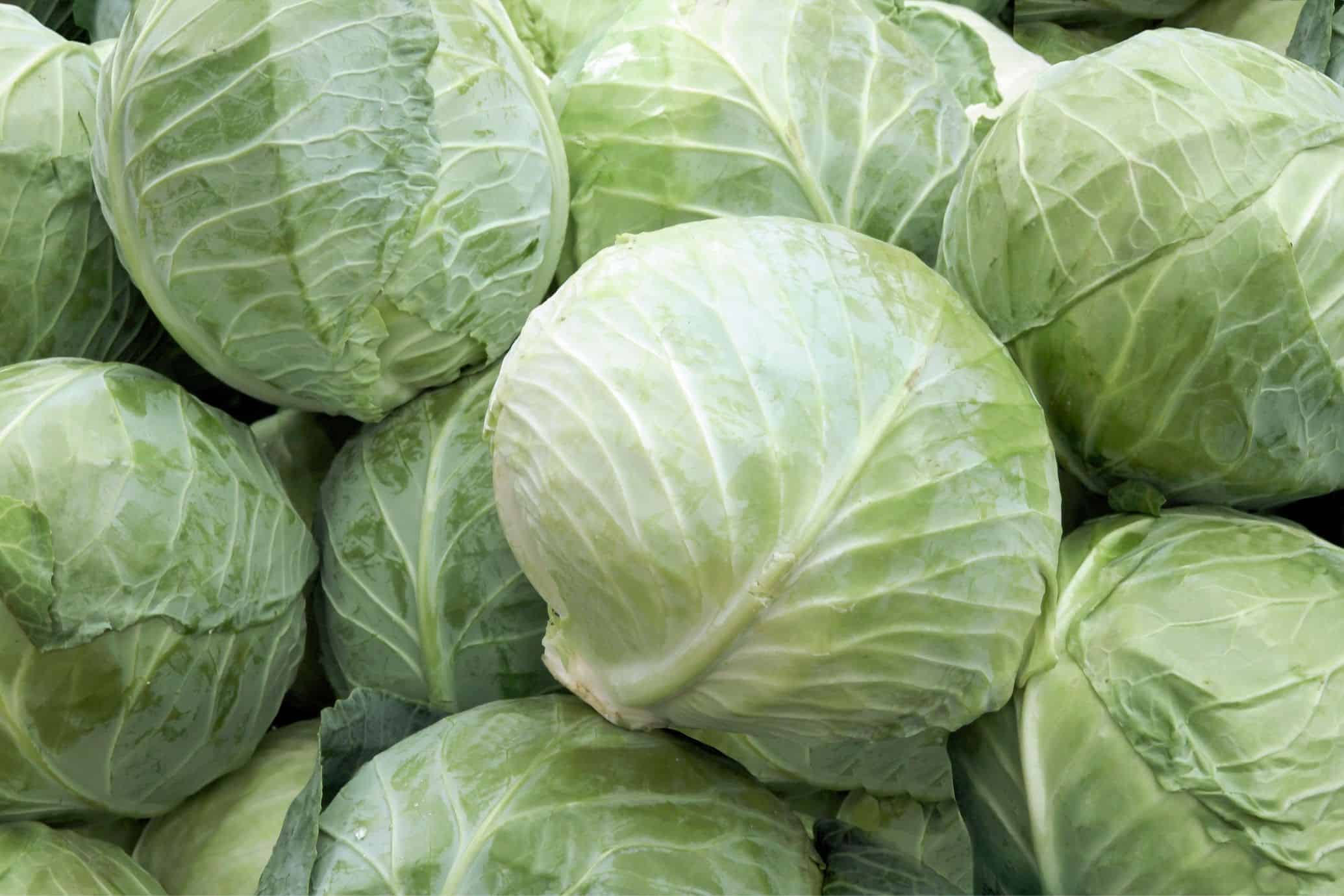
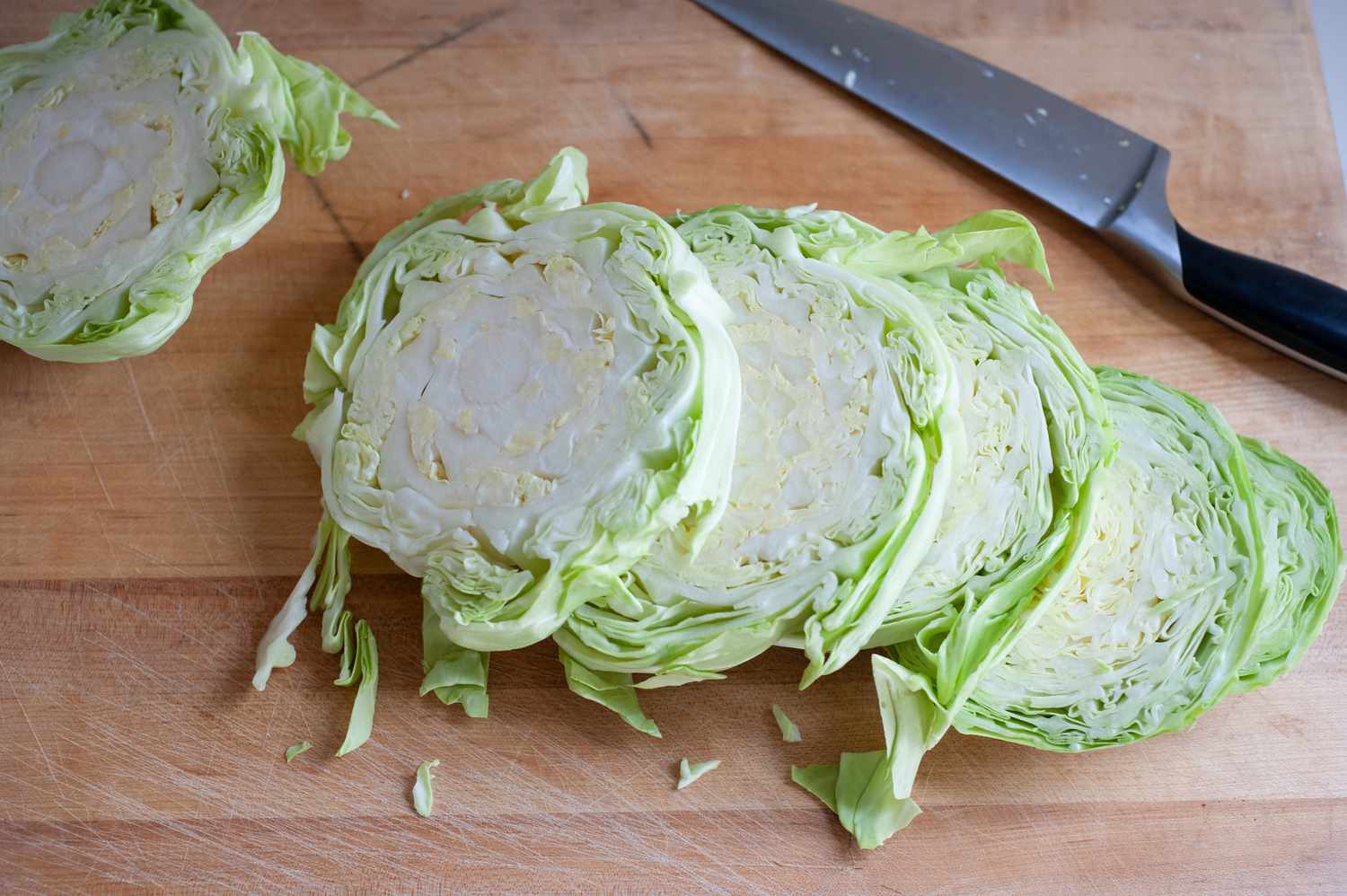
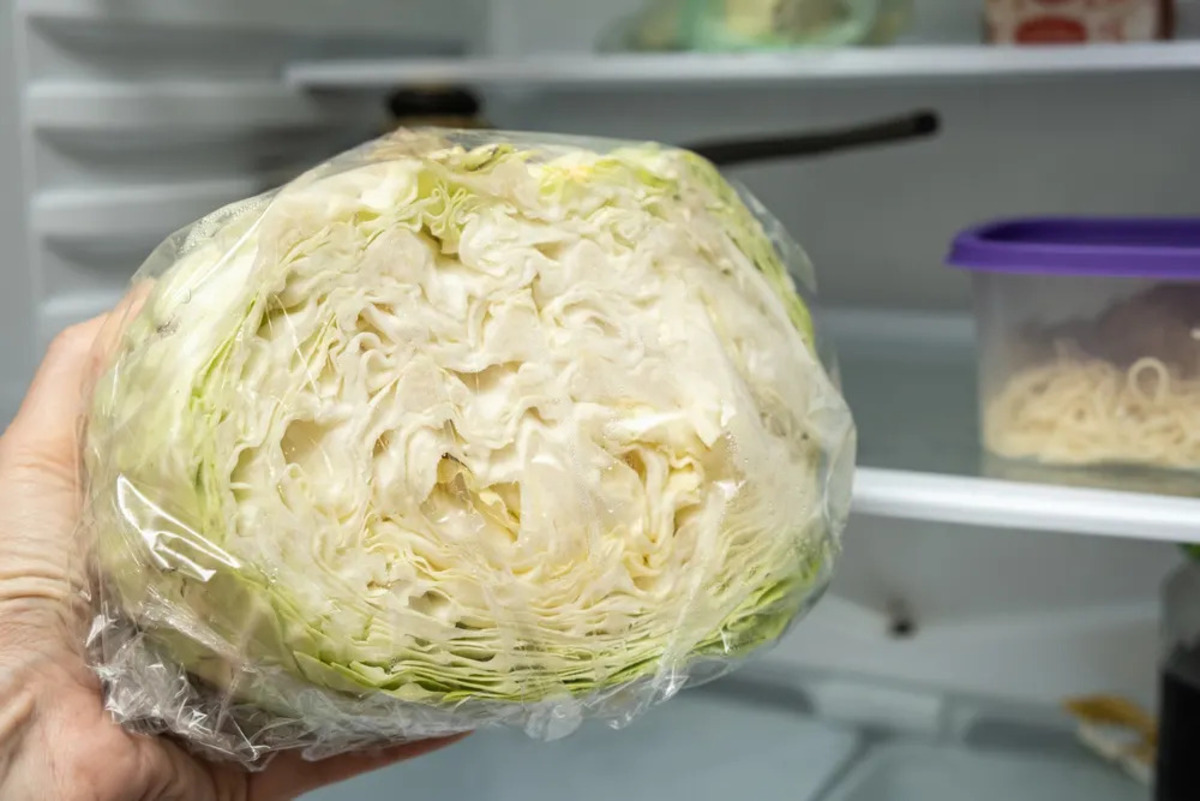


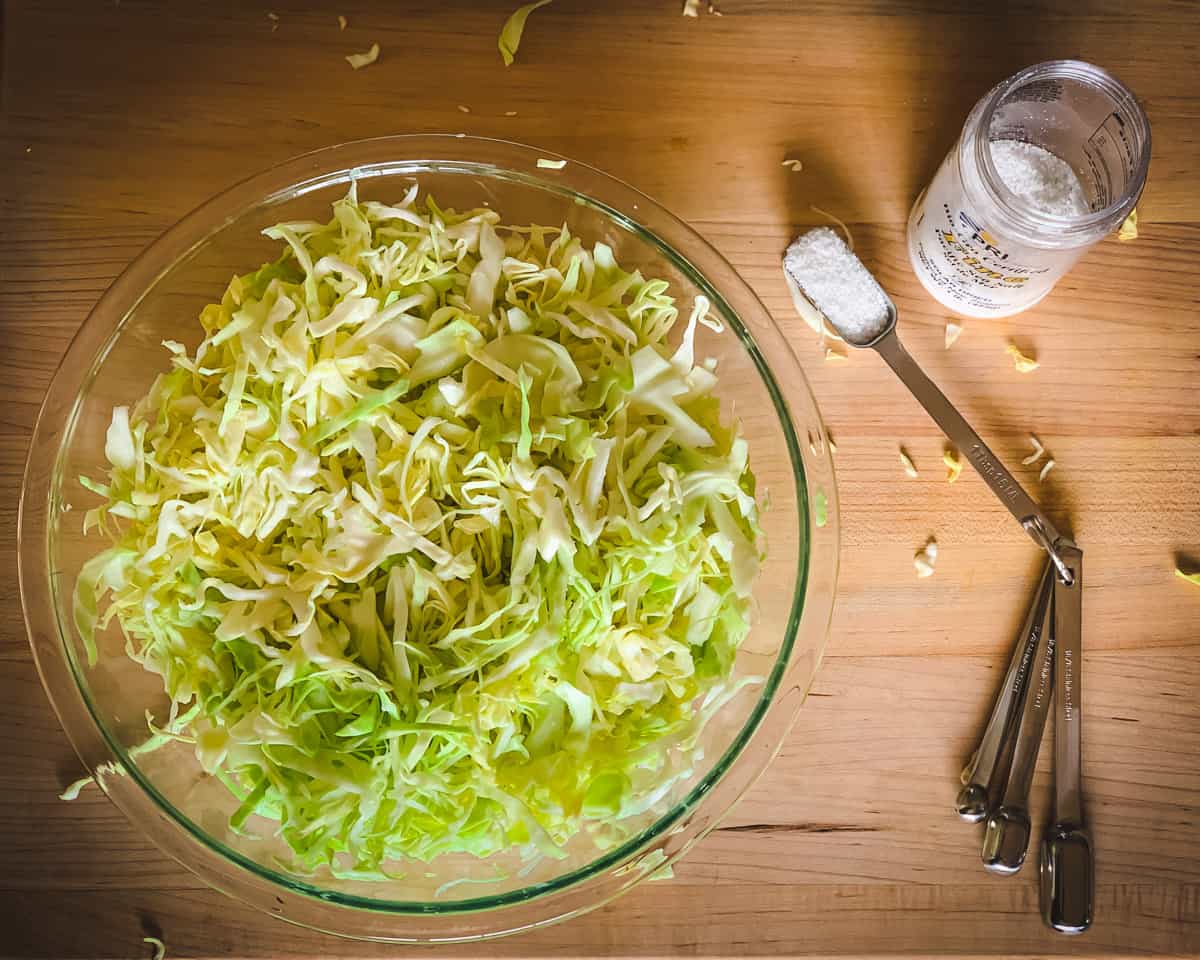
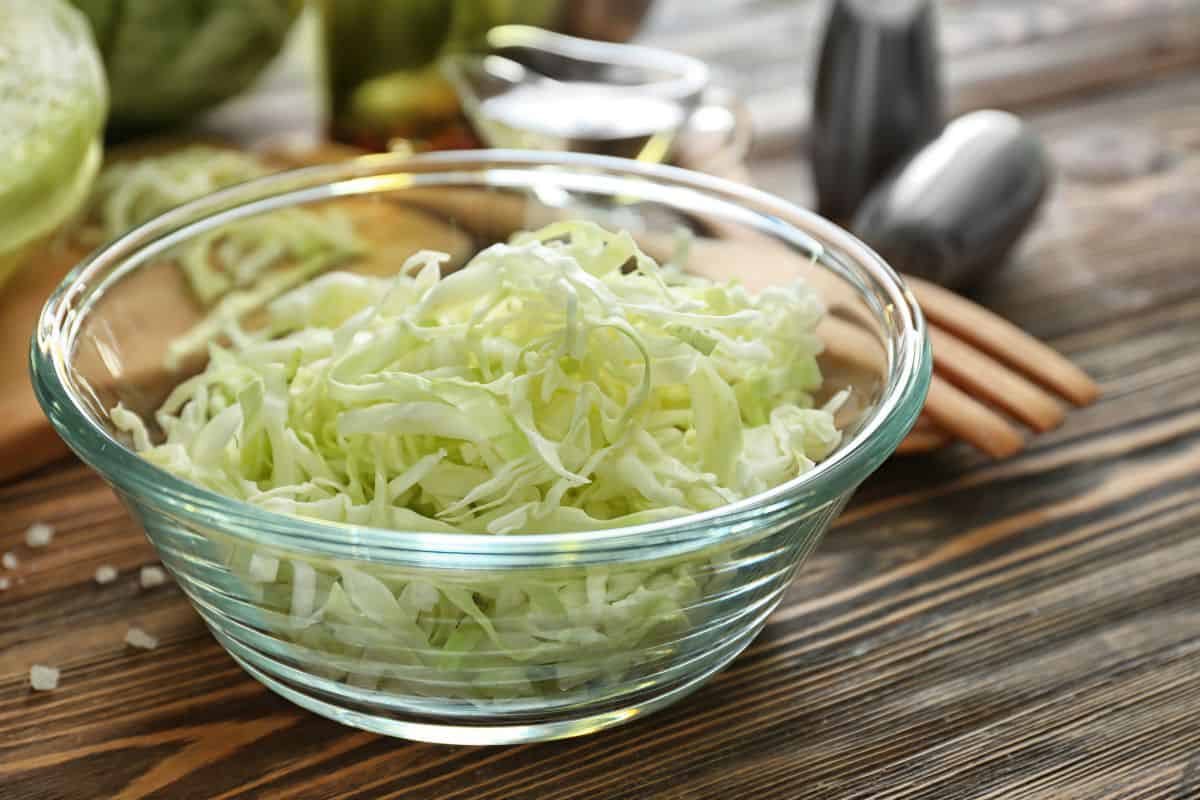
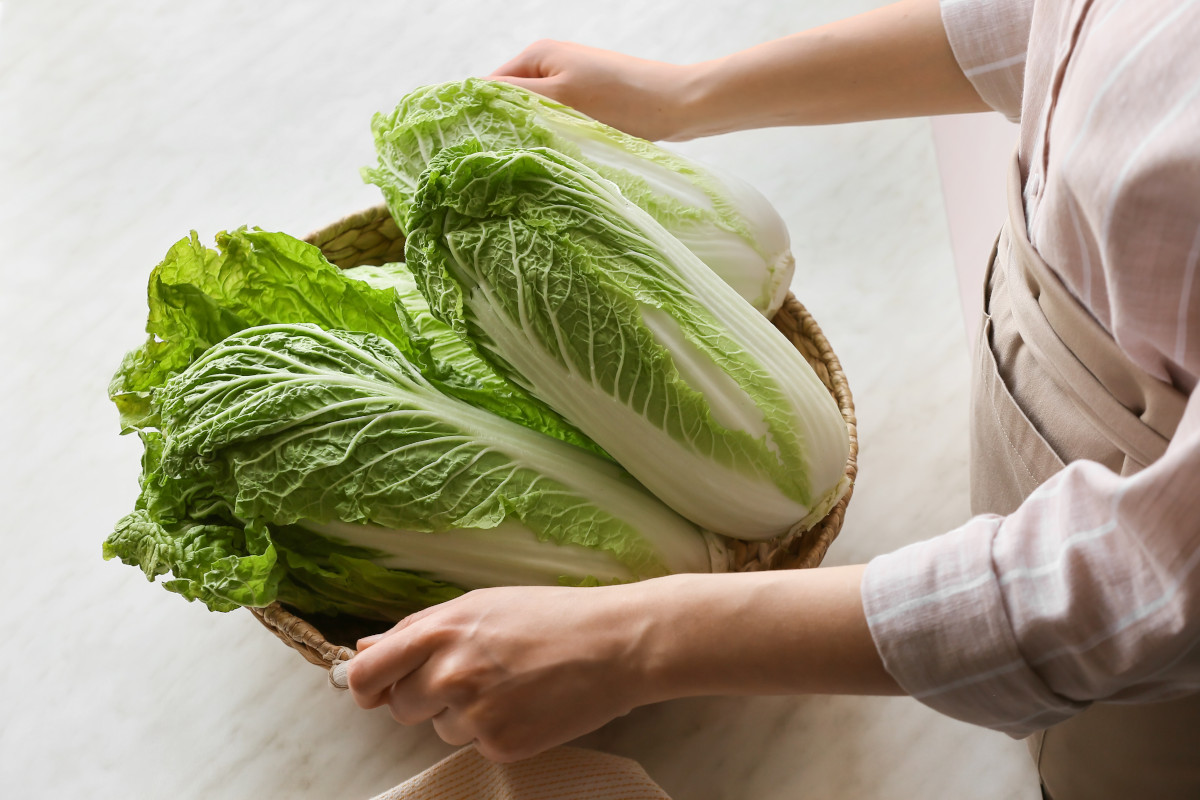
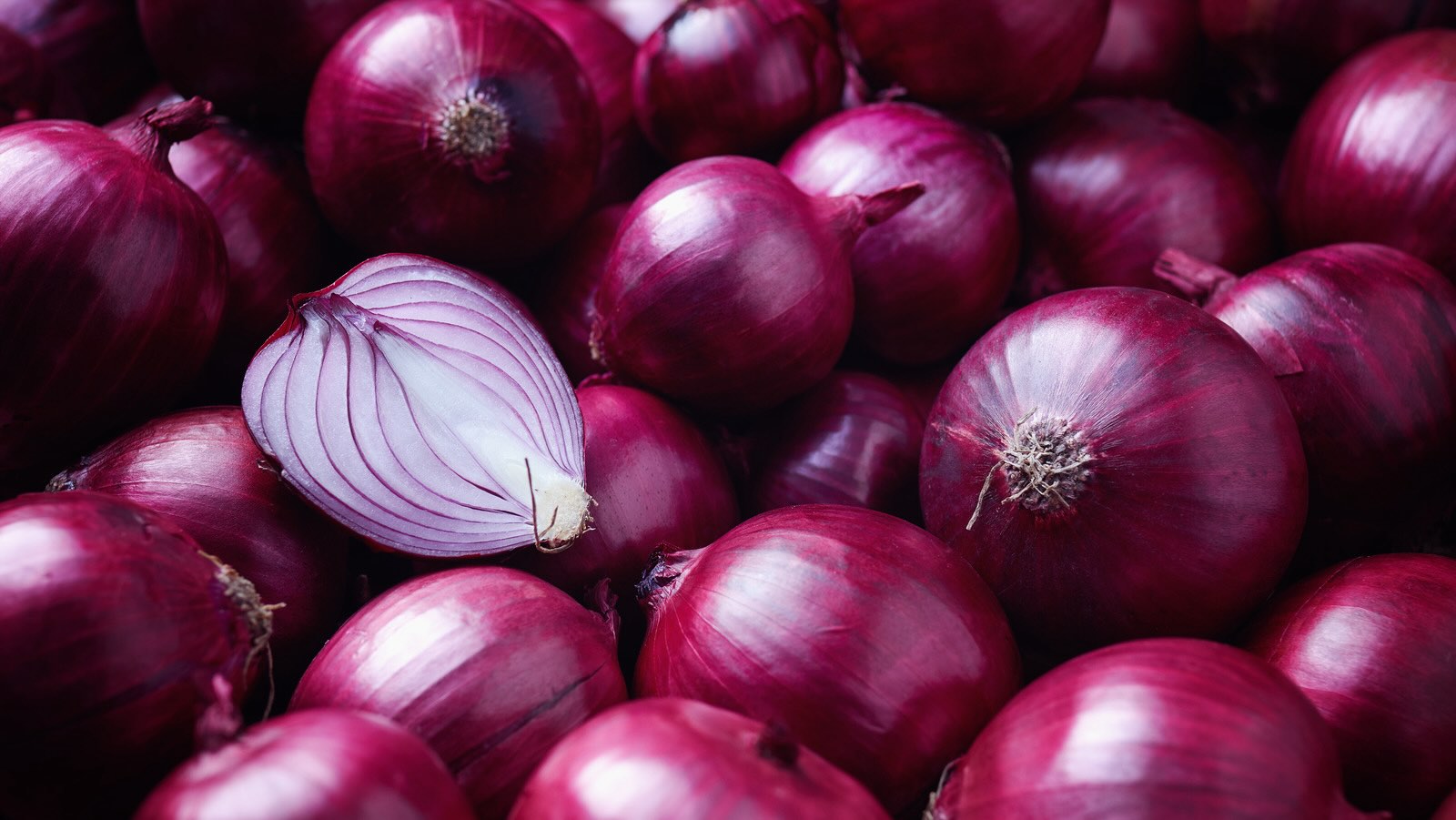
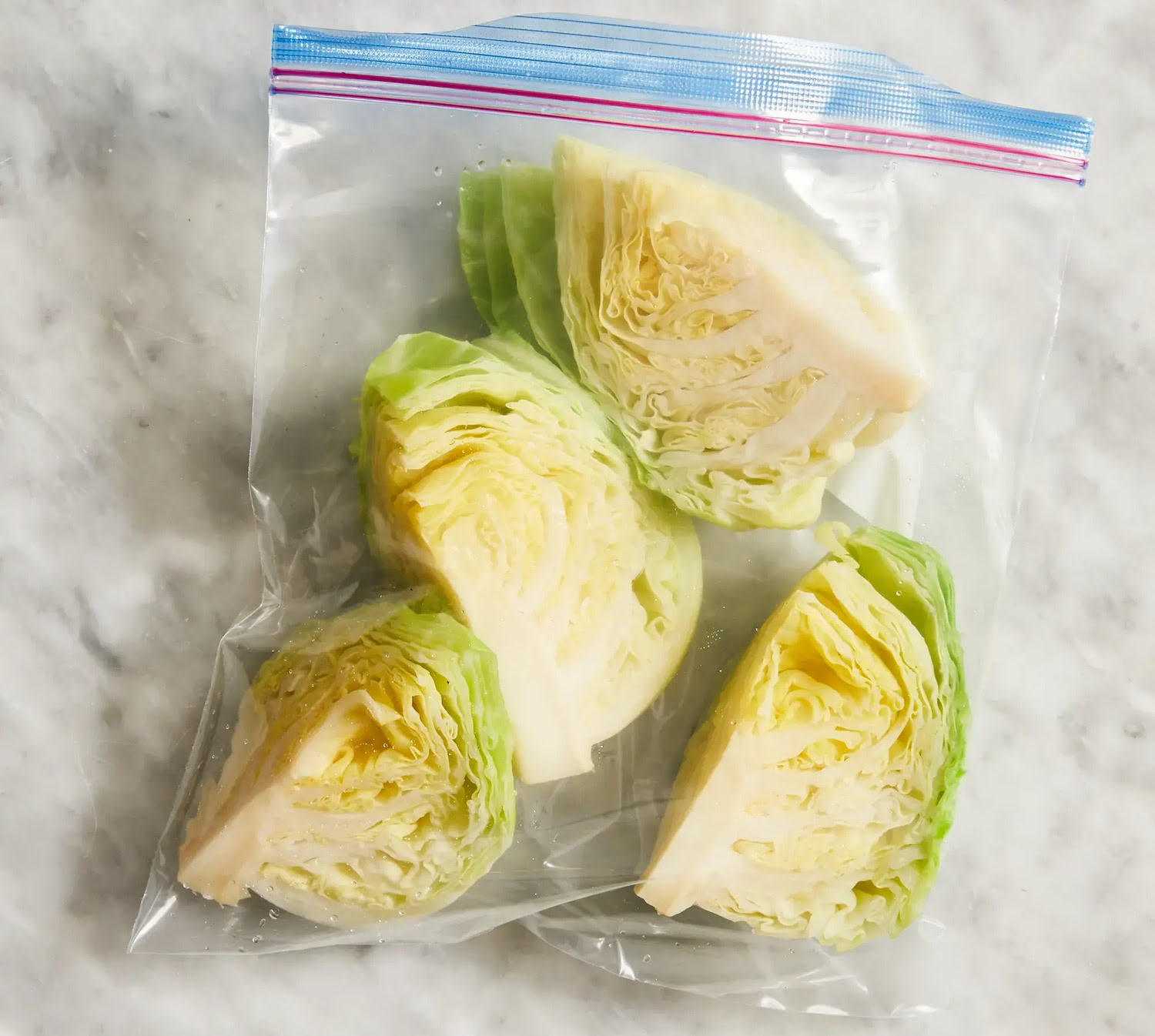
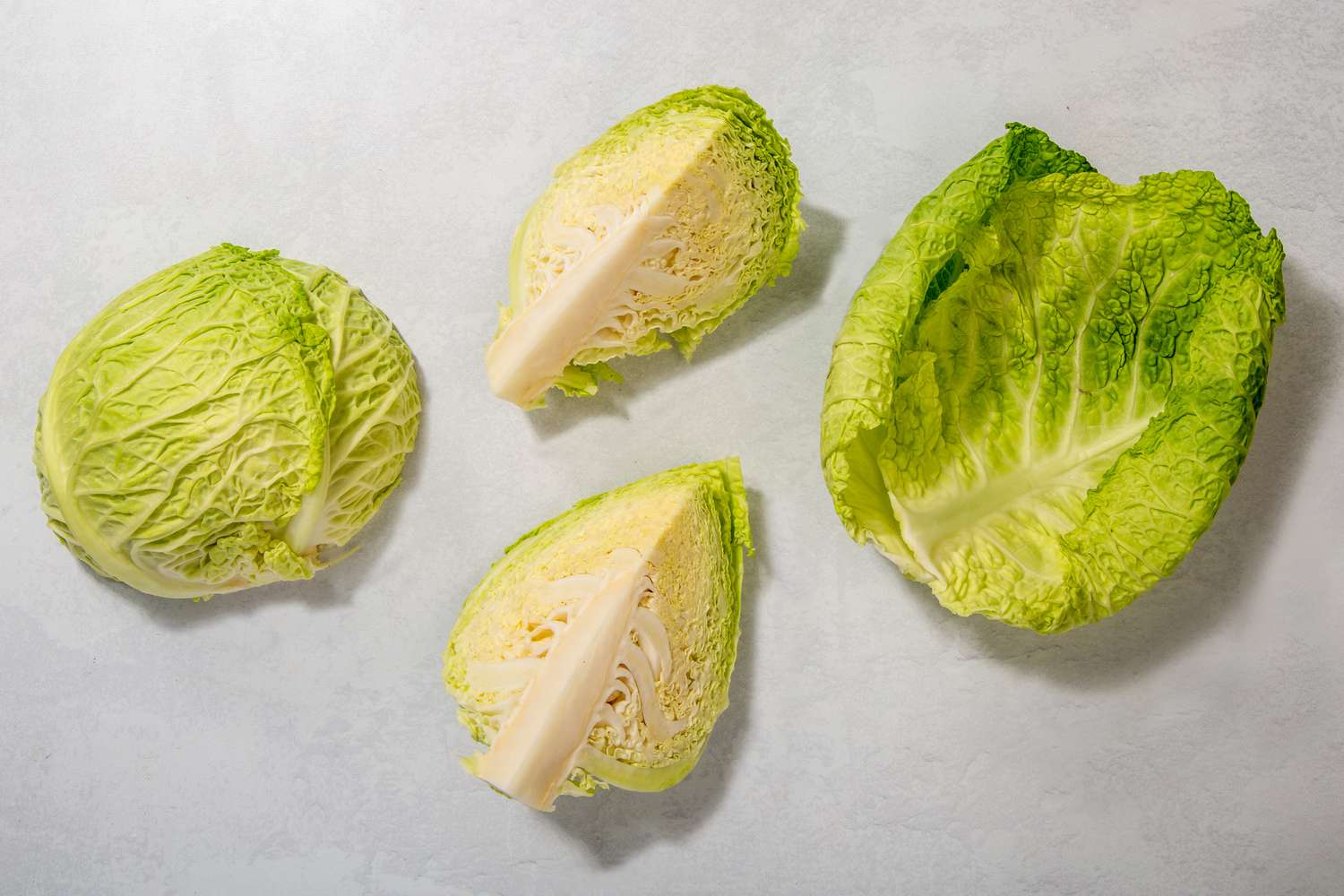
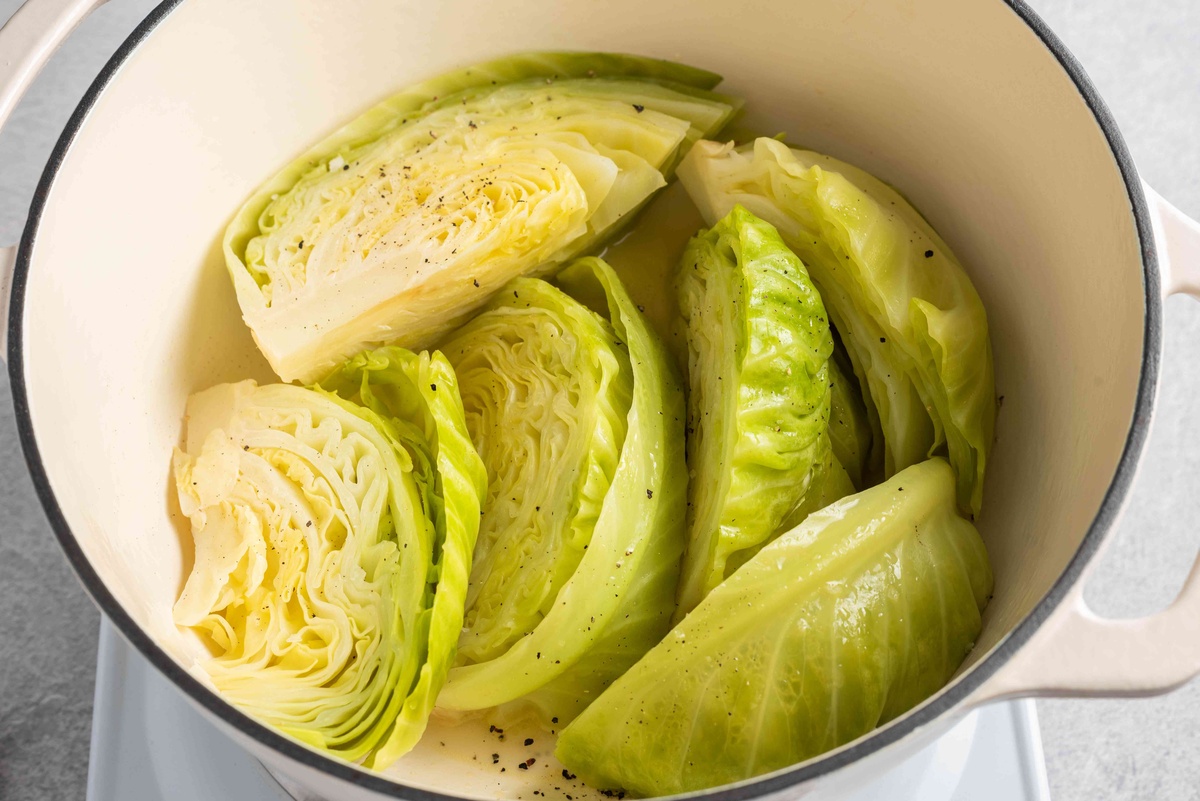
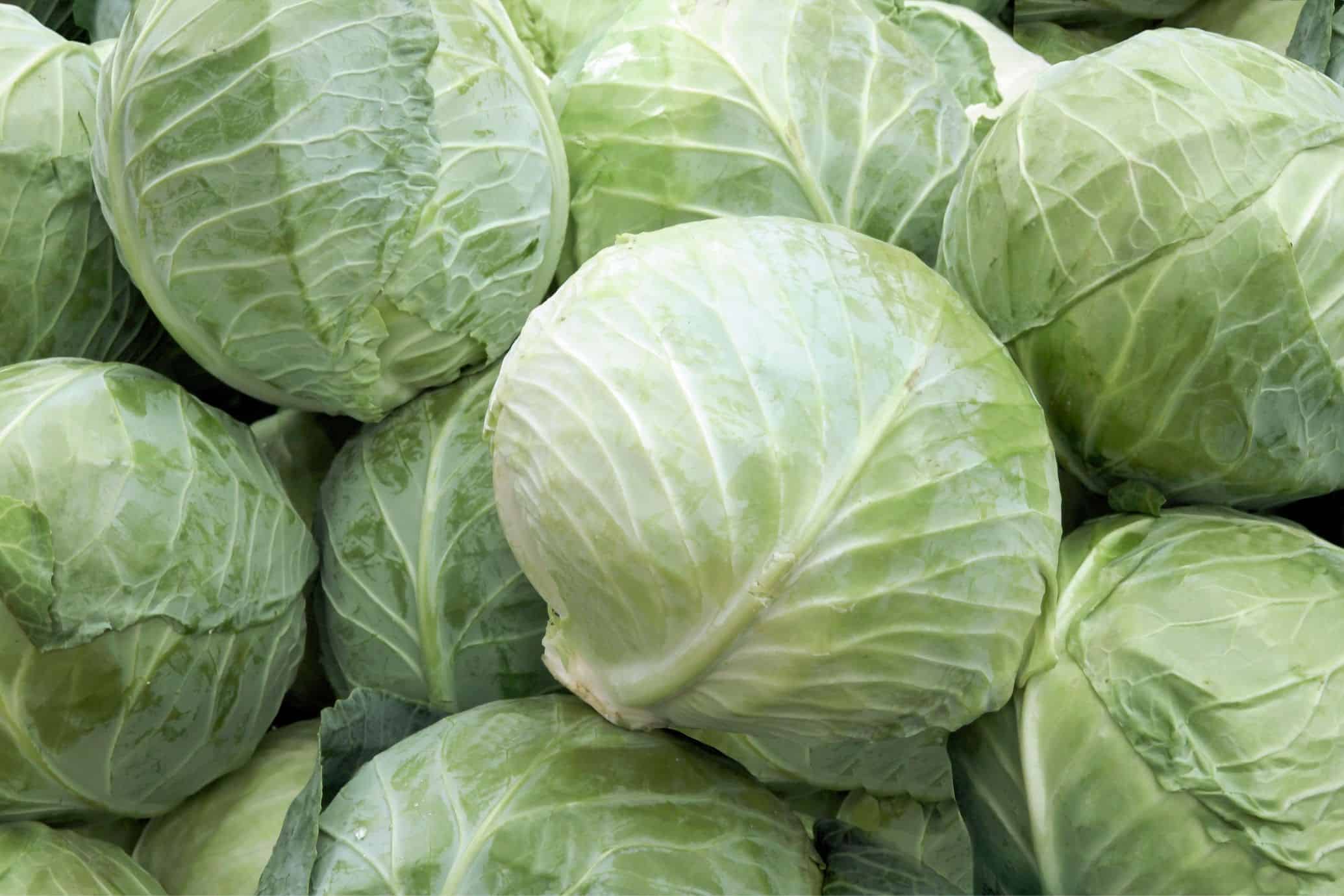

0 thoughts on “How To Store Purple Cabbage”